Small Boat, Wild Sea: Print
- View cart You cannot add that amount to the cart — we have 3 in stock and you already have 3 in your cart.
Small Boat, Wild Sea: Print
£12.50
Print featuring original artwork by Francesca Ross.
Out of stock
Additional information
| Weight | 0.055 kg |
|---|---|
| Dimensions | 29.7 × 21 × .2 cm |
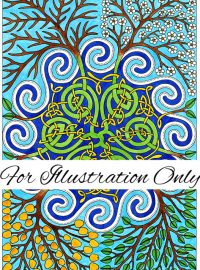
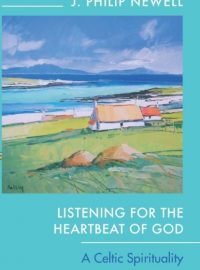
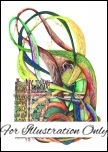


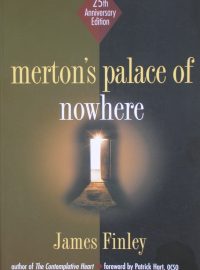
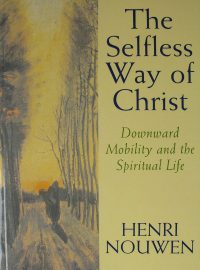
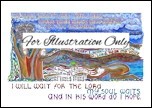

Beautiful print